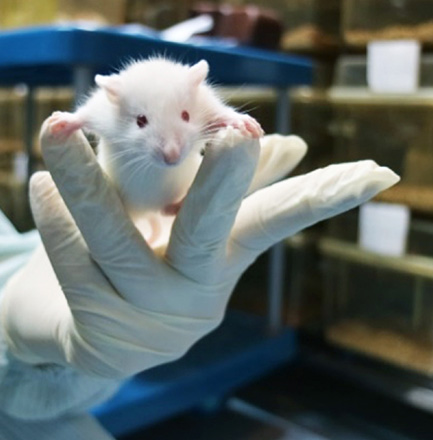Gene Editing Technology Innovation Platform
The Gene Editing Technology Innovation Platform (CRISTARS®) is dedicated to developing international leading gene editing tools, obtaining core technologies with independent intellectual property rights, and paving the important foundation for gene editing technology translation. The platform is based on the combination of different single-stranded DNA deaminase structural domains and Cas9 nickase to develop a new generation of DNA base editing tools for broader and more accurate gene editing. The platform has successfully created the world-leading dual base editor and the ultra-high activity cytidine single-base editor (hyper CBE, HyCBE), which can efficiently convert two bases, improve editing activity and broaden the target range. The research results have been published in high-impact peer-review journals such as Nature Biotechnology, Nature Cell Biology, and Cell Research.




